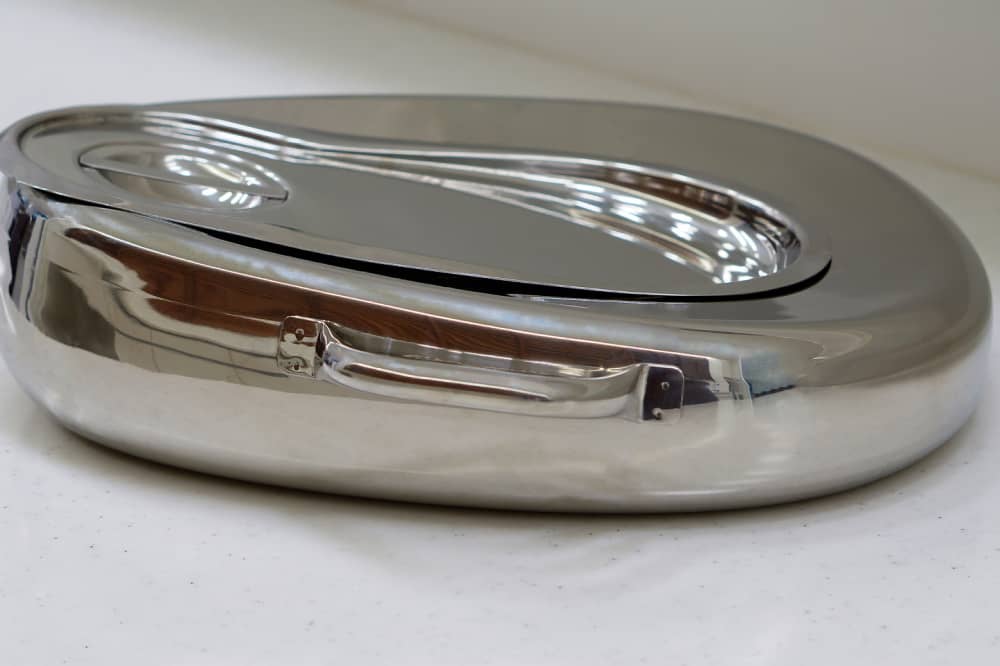
Guide to choosing bedpans
A bedpan is a container designed to fit underneath a person sitting or reclining in bed and is used to collect urine or feces. This article is a guide to help caregivers select the right bedpan for their patient’s needs. It talks about different types of bedpans, how to use them, and their benefits. By the end of this article, one should be able to choose the best bedpan type for a patient.
Importance of choosing the right bedpan
Choosing the right bedpan for patients is paramount to ensuring their comfort, hygiene, and overall well-being. A bed pan is essential for individuals who cannot use the bathroom independently, such as those who are bedridden, recovering from surgery, or have limited mobility. The bedpan offers a convenient and hygienic means of managing their bodily functions.
One of the key reasons why choosing the right bedpan is important is that it directly affects the comfort and dignity of the patient. Using the wrong type of bedpan can cause discomfort, skin irritation, or even pressure sores. In contrast, selecting a bed pan appropriate for a patient’s needs can significantly enhance their overall quality of life and well-being.
Bedpan use is another crucial aspect to consider. Different types of bedpans are designed for different purposes and patient conditions. By selecting the appropriate bed pan type based on the patient’s specific needs and condition, you can greatly enhance the overall well-being of your patients.
Bedpan types
When it comes to bedpans, different types are available to cater to the specific needs of patients. Here is an overview of the various bedpan types:
- Standard bed pans: These are the most common and basic bedpans. They are designed to accommodate individuals without getting out of bed and are usually made of plastic or metal. Standard bed pans are suitable for most patients and provide a comfortable and convenient solution for managing their bodily functions.
- Bariatric bed pans: Bariatric bed pans are specially designed for individuals who rely on extra support and have a higher body weight. They are wider and deeper than standard bed pans, providing a more comfortable and secure option for overweight patients. Bariatric bed pans are typically made of heavy-duty plastic or reinforced metal to withstand higher weight capacities.
- Fracture bed pans: Fracture bedpans are specifically designed for patients with limited mobility or those recovering from lower body injuries or surgeries. They have a unique flat or contoured shape with a low profile, making it easier for patients to slide onto the bedpan without causing additional discomfort or pain. Fracture bed pans are typically made of plastic for easy use and cleaning.
Alternative options to traditional bedpans
In addition to traditional bed pans, an alternative option can provide a more comfortable and convenient experience for caregivers and patients. When considering bedpan alternatives for older people, they must consider their specific needs and preferences.
One popular alternative is a commode chair, which is a portable toilet that can be placed next to the patient’s bed. Commode chairs are especially beneficial and can be a great alternative to bedpans for elderly patients who may have difficulty transitioning from bed to bathroom. They often feature adjustable heights, armrests, and comfortable seating to ensure the patient’s safety and ease of use.
In this way, one can ensure maximum comfort, hygiene, and overall well-being for your patients by understanding the different types of bedpans available.




